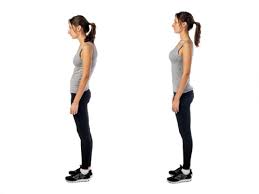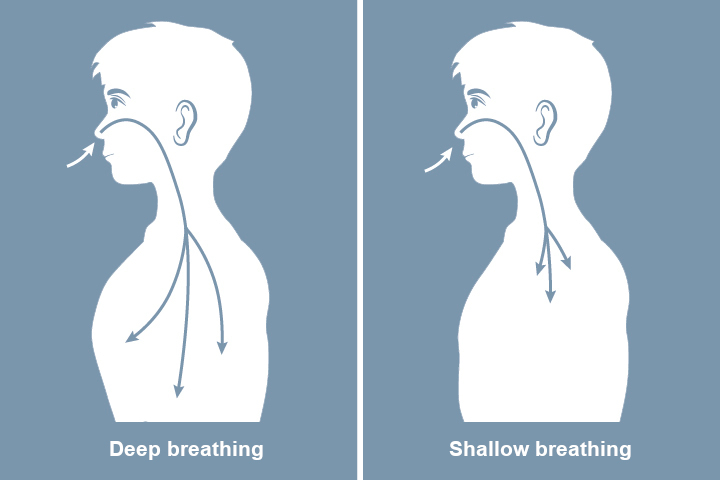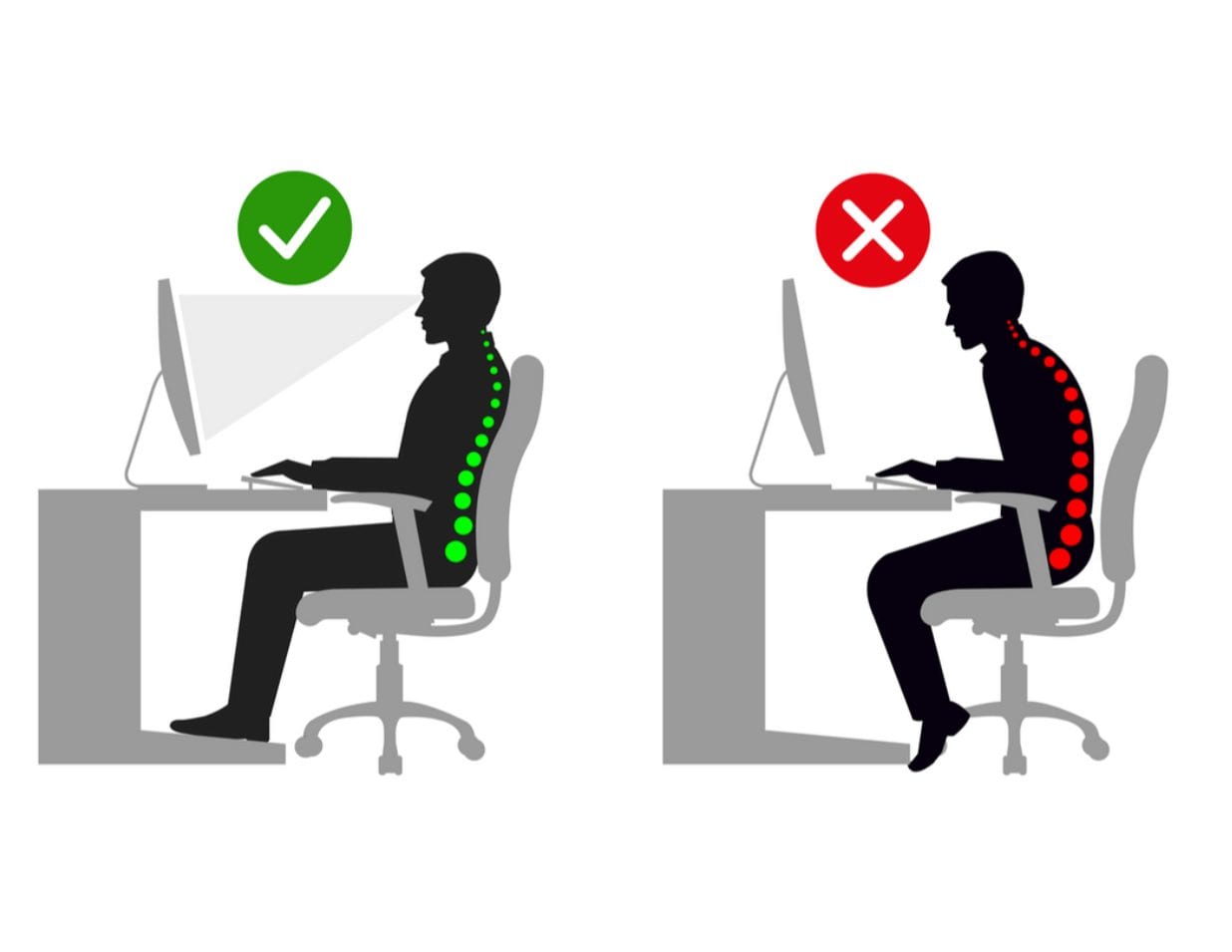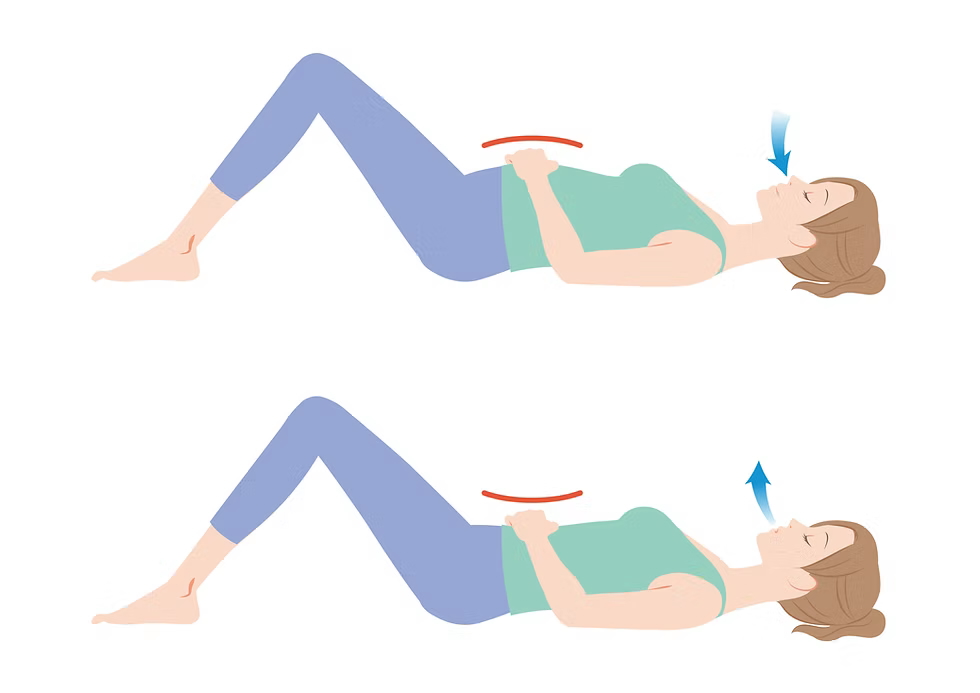Why Office Workers Experience Chest Tightness?
|

|
|
The human body is designed to be in motion. However, modern office work, which often involves long hours of sitting at desks or in front of computers, places excessive strain on certain muscle groups. While back pain is a well-known result of poor posture, chest tightness is a less obvious but equally important issue that many office workers face. In fact, the discomfort caused by poor posture can extend beyond the chest to include shoulders, neck, and even lead to symptoms like breathing difficulty, dizziness, and hand numbness.
|
|
|
|
|
Understanding the relationship between posture and chest tightness is crucial for addressing this problem. Below are some of the common causes linked to posture problems.
|
|
|

|
| 1. Slouched or Forward Head Posture, Rounded Shoulders
|

|
-
These postures lead to tight chest muscles and reduced lung expansion, which can result in chest tightness and shallow breathing.
|
|
| 2. Shallow Breathing/Apical Breathing
|

|
-
Shallow breathing, often from poor posture, limits oxygen intake and increases tension in the chest and shoulders, contributing to feelings of tightness and anxiety.
|
|

|

|
| 3. Ergonomics and Desk Setup
|

|
-
Improper desk setup and ergonomics, such as an ill-positioned monitor or chair, can lead to poor posture, muscle strain, and discomfort, including chest tightness and breathing difficulties.
|
|
|
|
|
How Physiotherapy Can Help?
|
|
Physiotherapy is a highly effective treatment option, offering targeted exercises and techniques to correct posture, release muscle tension, and strengthen weakened muscles. Here’s how physiotherapy can help:
|

|
| 1. Postural Correction
|

|
- Ergonomic adjustments: A physiotherapist may suggest adjustments to your workstation, such as changing the height of your chair, repositioning your computer screen, or using a more supportive chair.
- Postural awareness exercises: These exercises help you become more conscious of your posture throughout the day, encouraging you to sit and stand with proper alignment to reduce strain on your muscles and joints.
|
|
| 2. Stretching and strengthening exercises
|

|
|
Stretching helps reduce tightness and increase flexibility in overworked muscles, while strengthening helps build support in weaker muscles that are essential for maintaining good posture. Over time, this combination not only alleviates discomfort but also creates lasting postural improvements, making it easier for your body to naturally align itself, whether you’re sitting, standing, or moving.
|
|
|

|
| 3. Breathing Exercises
|

|
|
Breathing exercises help to re-establish proper breathing patterns and increase lung capacity. By learning the correct breathing pattern, you can reduce muscle tension in the chest and promote relaxation.
|
|
|
Conclusion |
|
Chest tightness is a common complaint among office workers, and its root cause is often related to poor posture and muscle imbalances. If you’re experiencing chest tightness or discomfort related to posture, consider consulting a physiotherapist to help restore your body’s natural alignment and improve your overall well-being.
|
|
|
Prepared By:
Ju Kah Yee
Physiotherapist Supervisor
Trust Physiotherapy Centre (Mount Austin Branch)
|
|